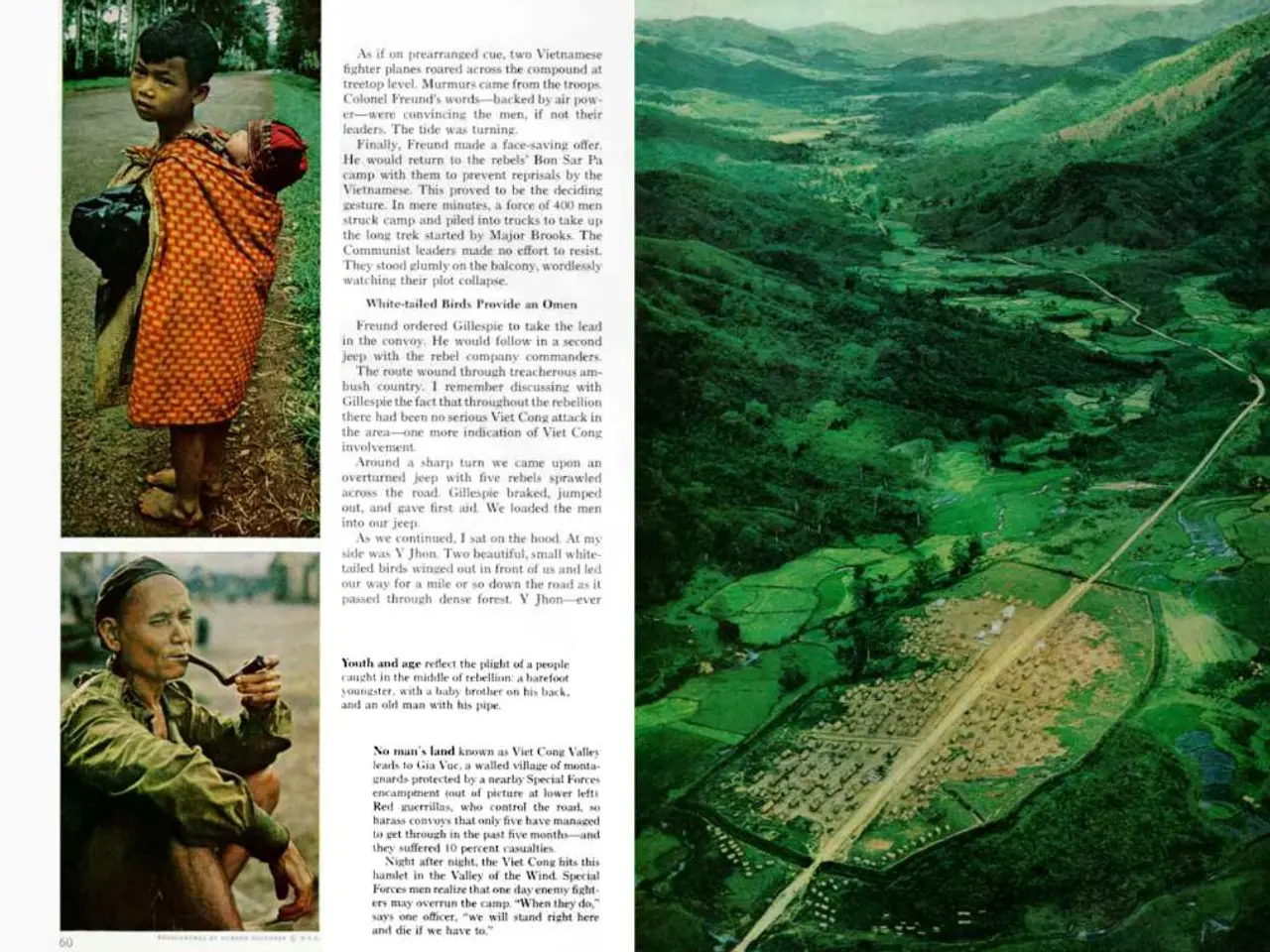Evolution of Timeless Symphonies and Arias: A Chronicle of Classical Music's Majestic Journey
Classical music, an influential art form dating back to ancient civilizations, captivates our hearts and minds, influencing society, culture, and even politics. It all started with the Greeks who developed musical notation and believed in music's power to evoke emotions and influence behavior. During the medieval period, it became an integral part of religious rituals in the Christian church, with composers such as Hildegard von Bingen and Guillaume de Machaut creating some of the earliest examples.
The Renaissance period witnessed an expansion of classical music, amplifying the beauty and complexity of the human voice, and the development of instrumental music with composers like John Dowland and William Byrd. Classic compositions for lute, keyboard, and other instruments took shape during this era.
The Baroque period brought a new wave of ornate and elaborate compositions, with legends like Bach, Handel, and Vivaldi crafting some of the most enduring works. Think deep, rich harmonies, echoing through grand cathedrals. The Classical period, however, marked a shift towards simplicity and elegance with Mozart, Beethoven, and Haydn leading the charge. Their symphonies, concertos, and chamber music emphasized clarity, balance, and emotional depth.
As we hopped into the Romantic period, composers like Tchaikovsky, Brahms, and Wagner pushed the boundaries of musical expression, creating emotionally charged and deeply personal masterpieces. The symphonic poem, tone poem, and other innovative forms emerged during this era, allowing these great minds to further explore the depth of their emotions through music.
Beyond its massive cultural impact, classical music's influence on modern music is undeniable, weaving its way into jazz, rock, and electronic music. It continues to inspire musicians and composers across the globe, capturing us with its timeless beauty and emotional resonance.
The evolution of classical music composition and instruments is nothing short of fascinating. From vocal compositions performed in churches and monasteries to the introduction of instruments like the violin, flute, clarinet, and piano, classical music has seen countless modifications and creations. The innovations didn't stop there! Each era brought new and improved instruments, like the tuba and trombone, which added new depth and power to orchestral compositions.
Curious about how color can influence your home organization? Check out our nifty article on "Using Color to Organize Your Living Space." Just as classical music stirs emotions, so can the use of color in our surroundings.
FAQs:
Q: What is classical music?A: Classical music is a genre of music that originated in Western culture, primarily composed and performed by professional musicians. It is known for its complexity, rich history, and enduring appeal.
Q: When did classical music originate?A: Classical music has its roots in the traditions of Western liturgical and secular music, with origins dating back to the medieval and Renaissance periods.
Q: What are the main periods of classical music?A: Classical music is typically divided into several periods, including the Baroque (1600-1750), Classical (1730-1820), Romantic (1815-1910), and 20th century periods.
Q: Who are some famous classical composers?A: Some of the most well-known classical composers include Bach, Mozart, Beethoven, Schubert, and Tchaikovsky, among others.
Q: What are some key characteristics of classical music?A: Classical music is known for its use of complex harmonies, rich orchestration, and formal structures such as sonata form, symphony, concerto, and opera.
Q: How has classical music evolved over time?A: Classical music has evolved through various stylistic periods as composers experimented with new forms, harmonies, and techniques to create innovative works.
Using Color to Organize Your Living Space, similarly to how classical music stirs emotions, can create a harmonious and ordered environment for you.
Just as classical music has evolved over time, so has the visual art of color, with each era bringing new and improved hues just as new instruments were created in classical music composition. For instance, the Baroque period in visual art was characterized by vibrant and contrasting colors, much like the rich harmonies in Baroque music.





